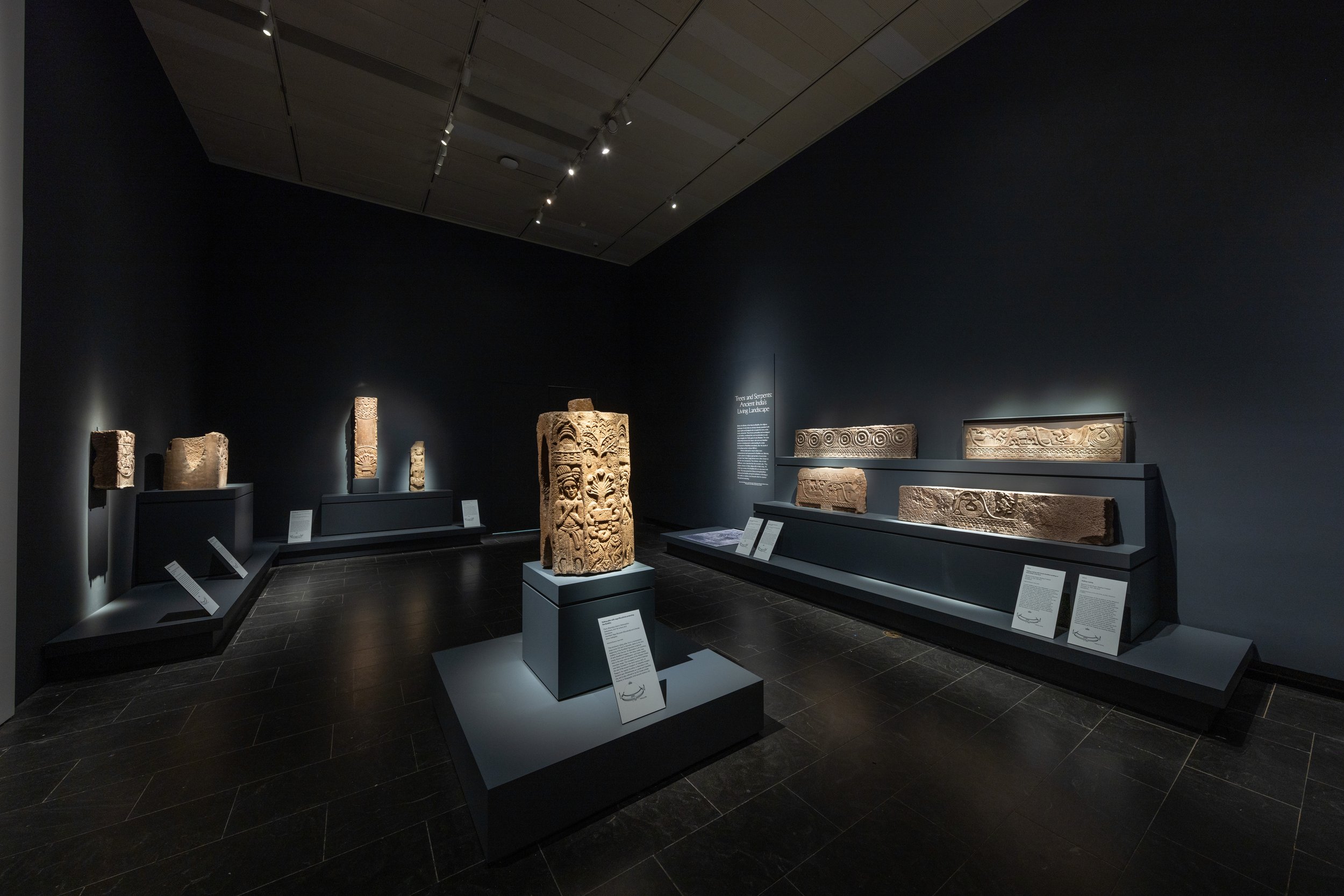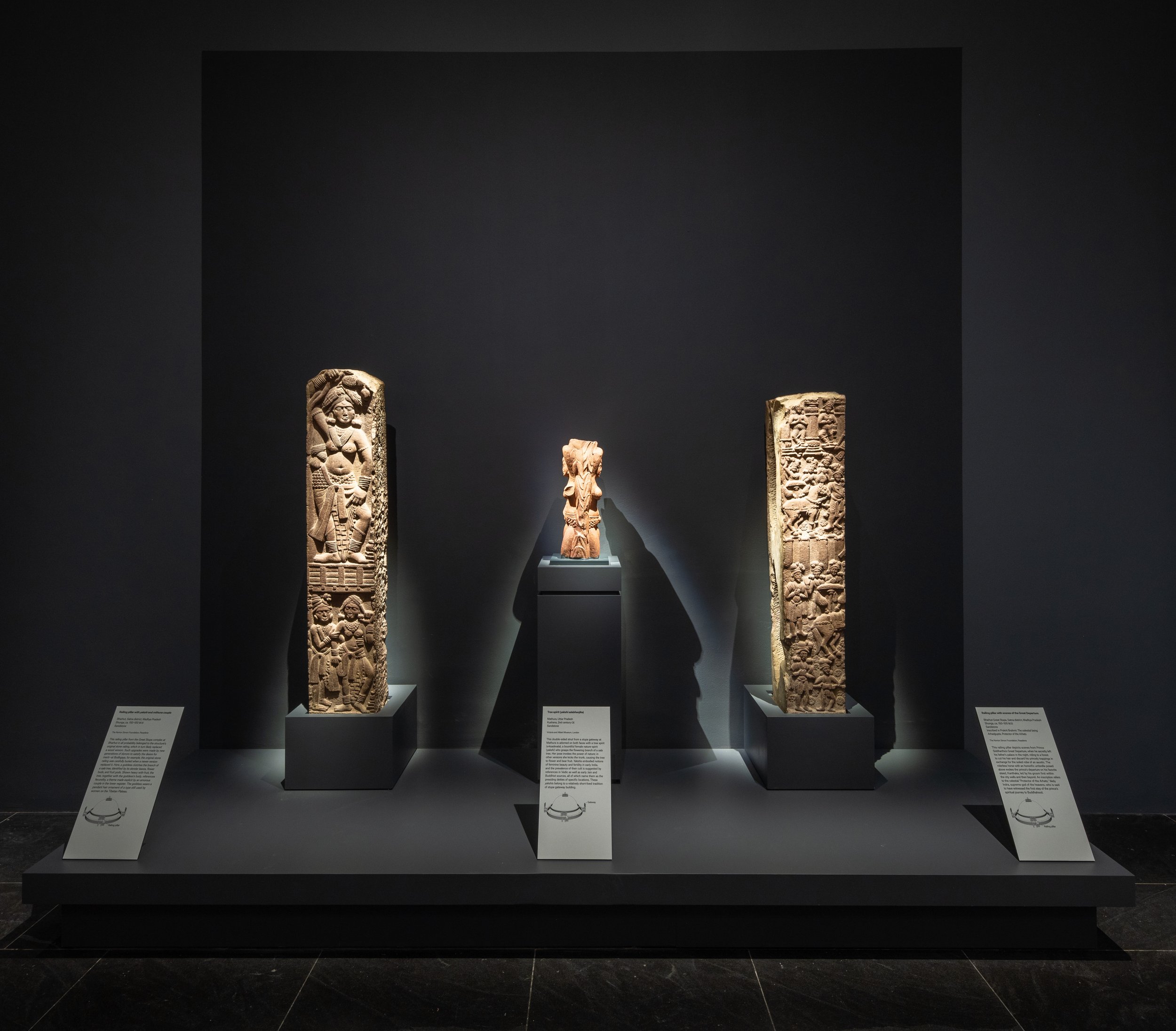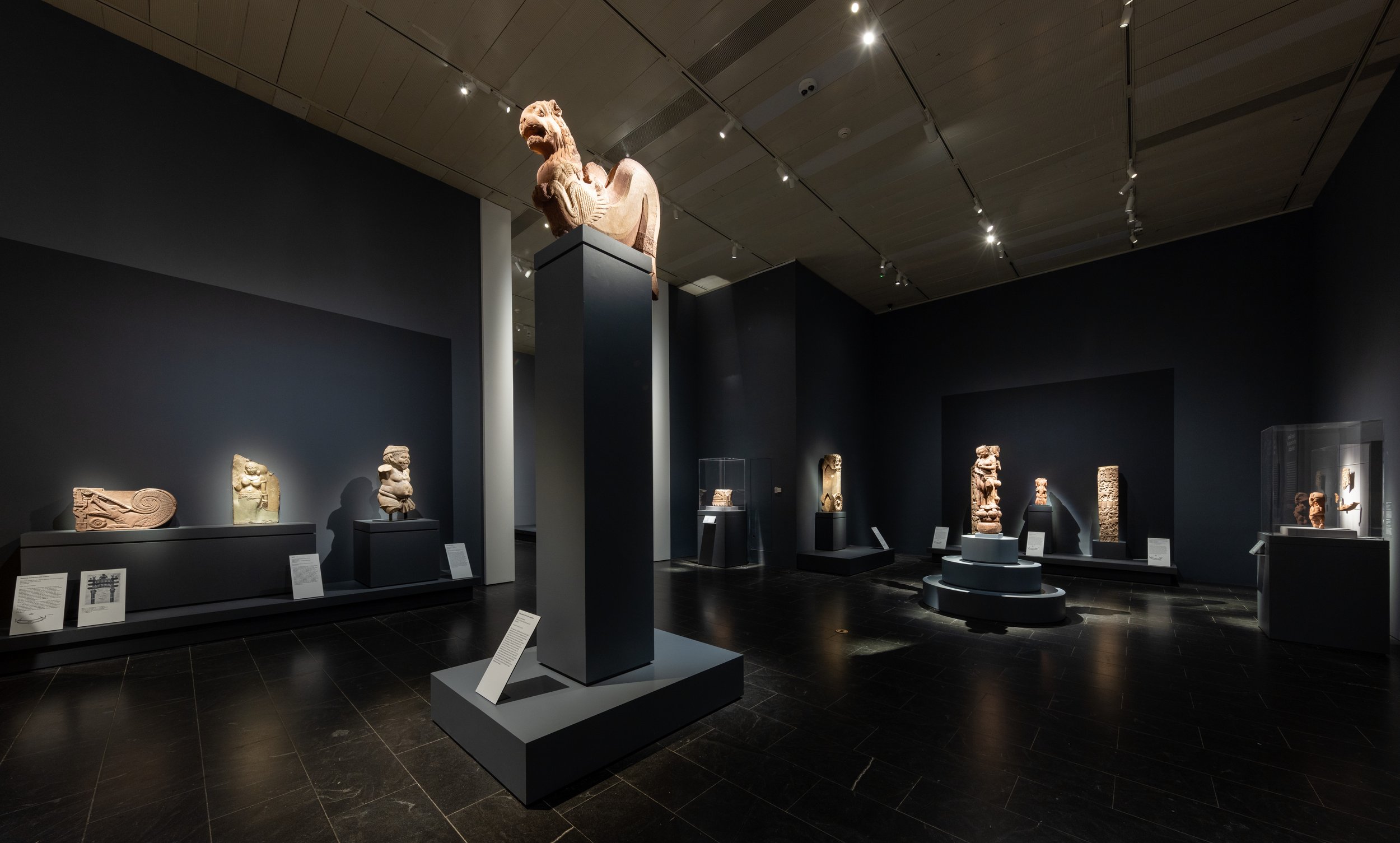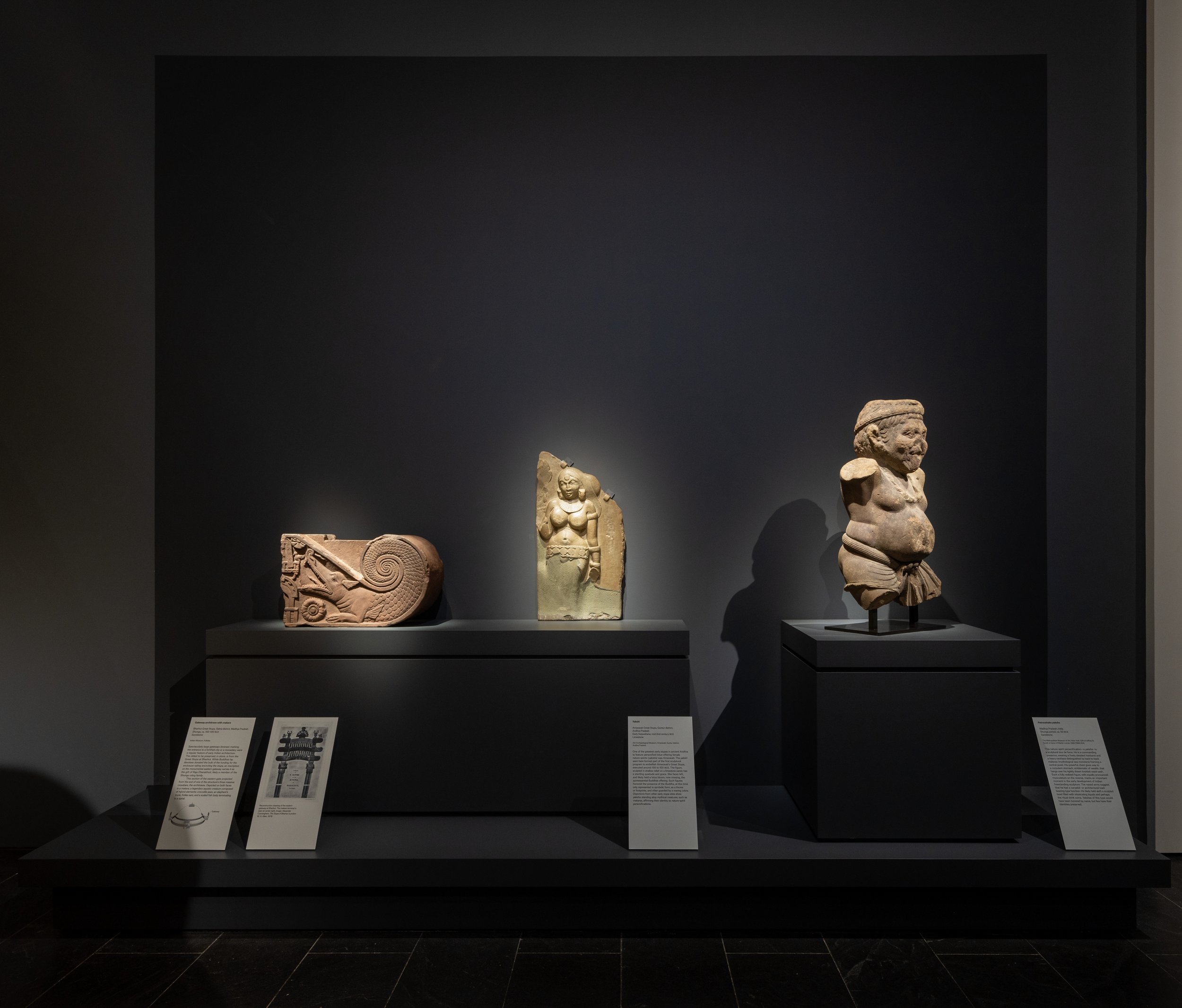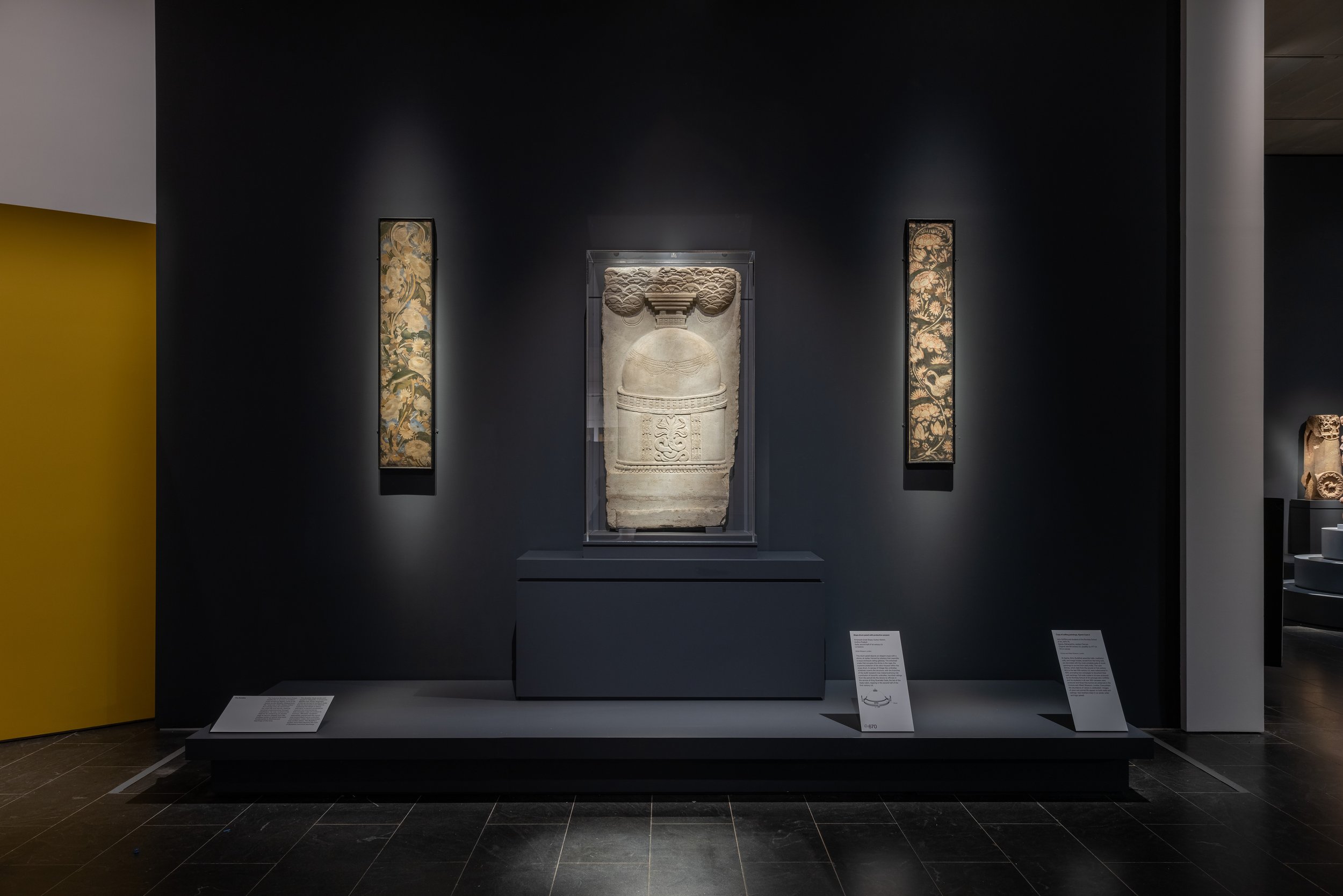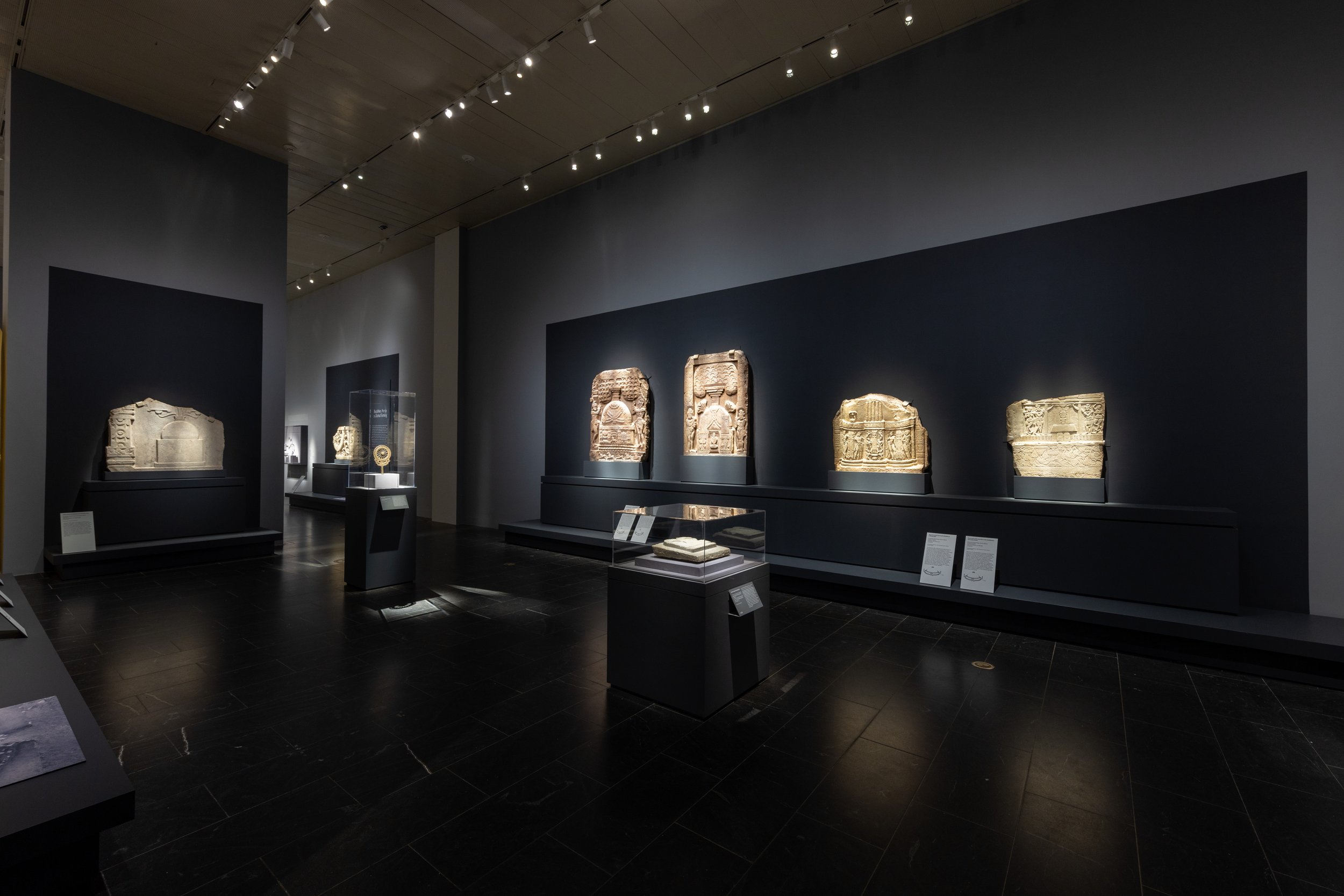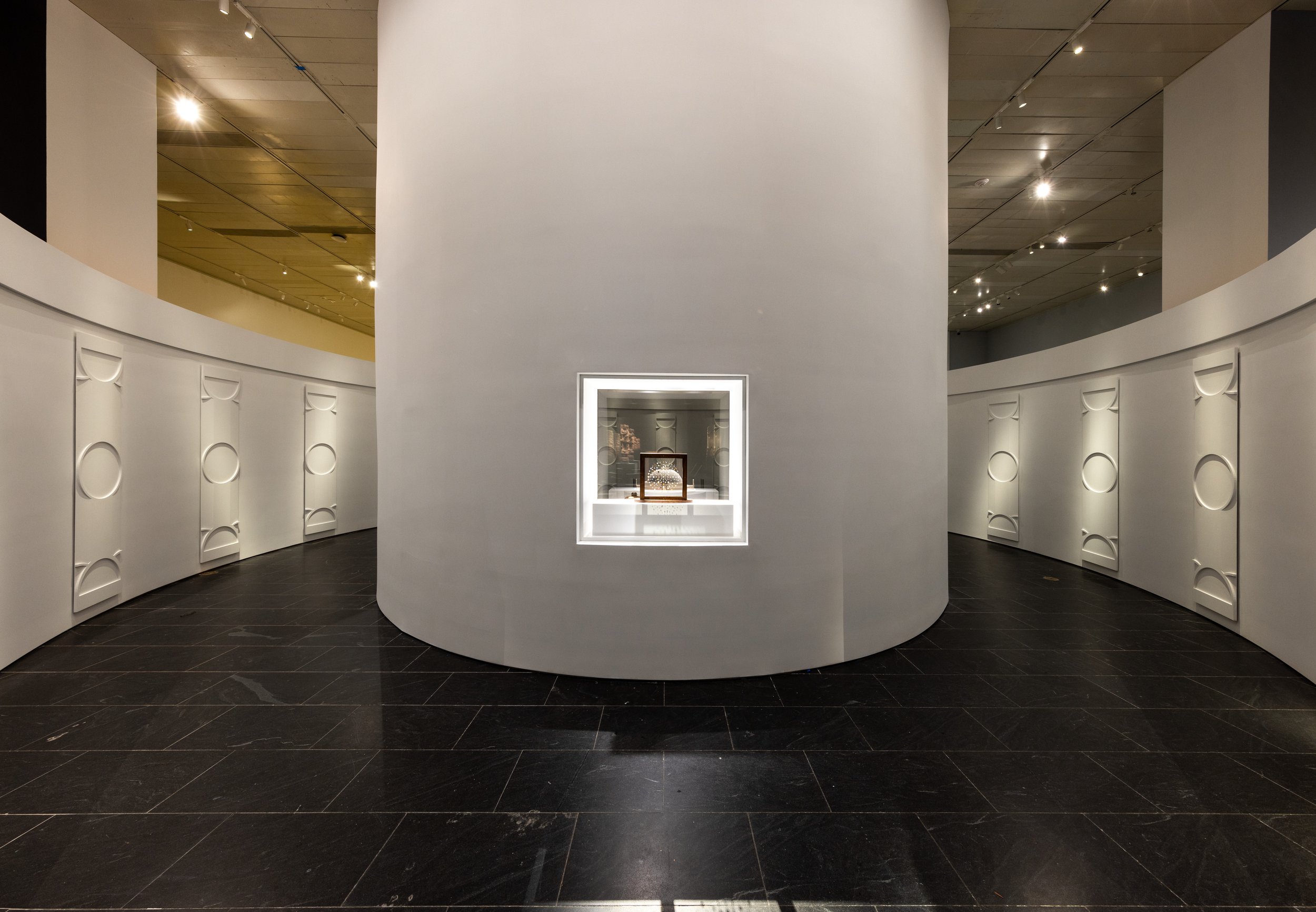Tree & Serpent: Early Buddhist Art in India, 200 BCE – 400 CE at The Met Fifth Avenue
Tree & Serpent
Early Buddhist Art in India, 200 BCE – 400 CE
July 21, 2023 — November 13th, 2023
This is the story of the origins of Buddhist art. The religious landscape of ancient India was transformed by the teachings of the Buddha, which in turn inspired art devoted to expressing his message. Sublime imagery adorned the most ancient monumental religious structures in ancient India, known as stupas. The stupa not only housed the relics of the Buddha but also honored him through symbolic representations and visual storytelling. Original relics and reliquaries are at the heart of this exhibition, which culminates with the Buddha image itself.
Featuring more than 125 objects dating from 200 BCE to 400 CE, the exhibition presents a series of evocative and interlocking themes to reveal both the pre-Buddhist origins of figurative sculpture in India and the early narrative traditions that were central to this formative moment in early Indian art. With major loans from a dozen lenders across India, as well as from the United Kingdom, Europe, and the United States, it transports visitors into the world of early Buddhist imagery that gave expression to this new religion as it grew from a core set of ethical teachings into one of the world’s great religions. Objects associated with Indo-Roman exchange reveal India’s place in early global trade. The exhibition showcases objects in various media, including limestone sculptures, gold, silver, bronze, rock crystal, and ivory. Highlights include spectacular sculptures from southern India—newly discovered and never before publicly exhibited masterpieces—that add to the world canon of early Buddhist art.
Click the image below to watch the Annual Distinguished Lecture on the Arts of South and Southeast Asia — Fragrant Stories: Buddhist Art in Early India presented by John Guy, Florence and Herbert Irving Curator of the Arts of South and Southeast Asia, Department of Asian Art, The Met.
Exhibition Highlights
